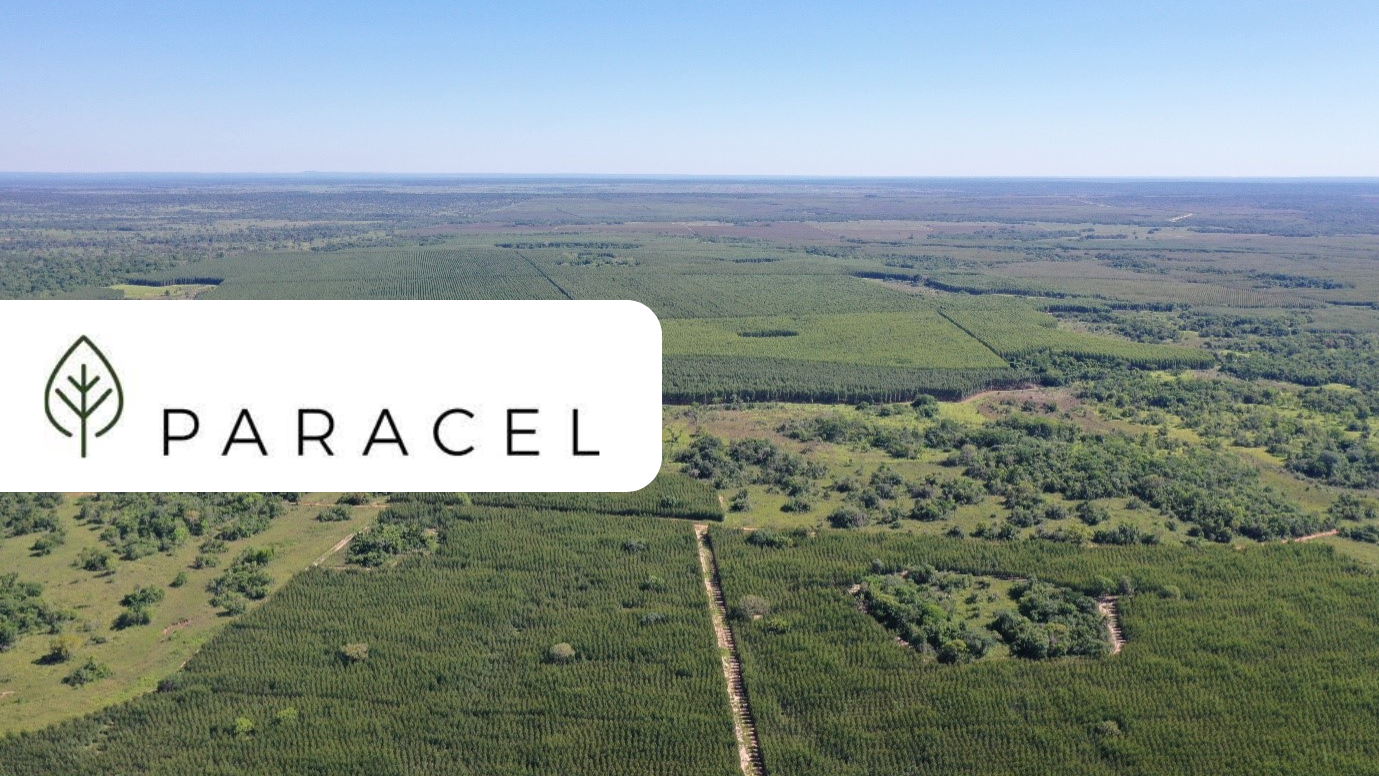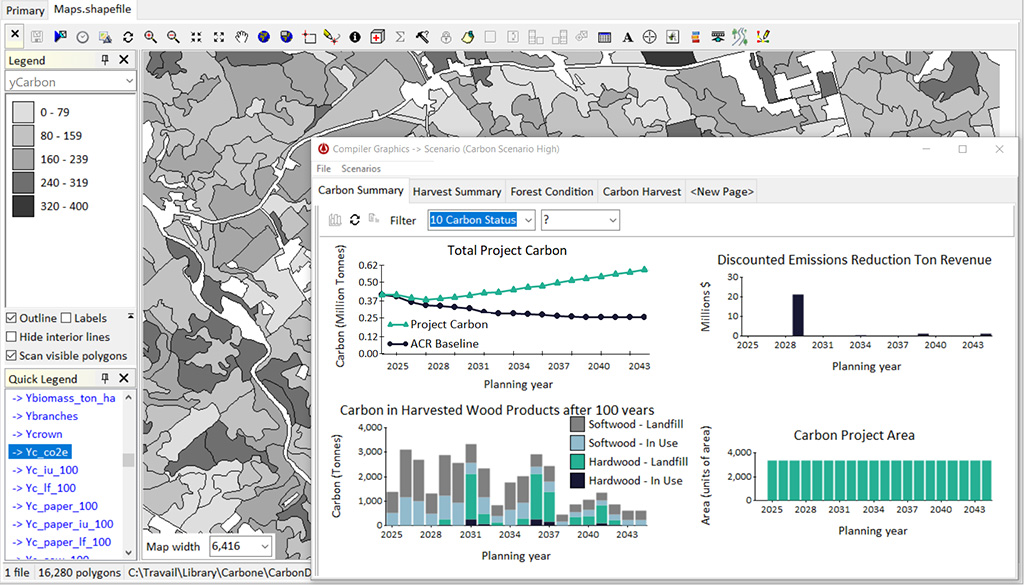The Idaho Department of Lands (IDL) manages 2.4 million acres of Endowment Land, including almost one million acres of commercial timberland throughout the state, under a Constitutional mandate to generate revenue for public schools and other trust beneficiaries. Additionally, IDL’s Division of Forest Resources has the responsibility to develop and administer an intensive forest improvement program to enhance the productivity of state forest lands. Revenues generated from timber sales benefit several beneficiaries including Public Schools, Universities, and State Hospitals, and fund additional forestry management planning activities such as reforestation, environmental planning, habitat improvements, and road and trail maintenance. The department employs dozens of forestry-related professionals who work together towards a common goal of maximizing long-term returns.
Annual Planning for Diverse Areas
The forests managed by IDL are divided into ten supervisory areas (SA). Extrapolating the findings from one SA to another is a challenge because each area is unique in its terrain, cover types, species composition, management, and natural history. Uncertainties in the existing, single harvest model included fragmented settings, limited information on stand history, inconsistencies, and omissions across the SAs. As a result, strategic planning was time-consuming and difficult due to variable data sets.
To identify the best solution, IDL worked with Remsoft Professional Services to elaborate SA-specific requirements for each of the SAs. The goal was to efficiently extend the methods and approach used in their existing model by creating additional models for the other SAs.
Templated Approach for Creating Custom Harvest Models
Remsoft held several workshops with IDL staff to identify gaps and requirements based on the existing model. The solution was to use a templated, repeatable approach to create custom harvest models for each of IDL’s 9 diverse SAs. The harvest model template was adapted depending on the SA’s unique characteristics and updated with new data to provide a custom strategic harvest model for nine of the SAs. IDL’s annual harvest planning will be much more accurate as a result.
A key component of the solution was the ability to integrate and access data sources through Remsoft’s Woodstock Optimization Studio. In combination with the templated approach, this forest inventory software allowed for data variation within the SAs, increasing planning efficiency, and providing downstream benefits to IDL when forestry staff are updating their models post-implementation.
Collaborative Planning Improves Outcomes
Collaboration with the area foresters before, during, and after the development of the forest plans, models helped to define and accelerate adoption of the approach, resulting in better outcomes.
Additionally, the templated approach saved time, as it allowed Remsoft analysts to recycle complex queries and Woodstock syntax used to populate large portions of the model. The templated solutions were still flexible enough that the Remsoft analysts could efficiently alter them to suit the needs of each individual SA.



